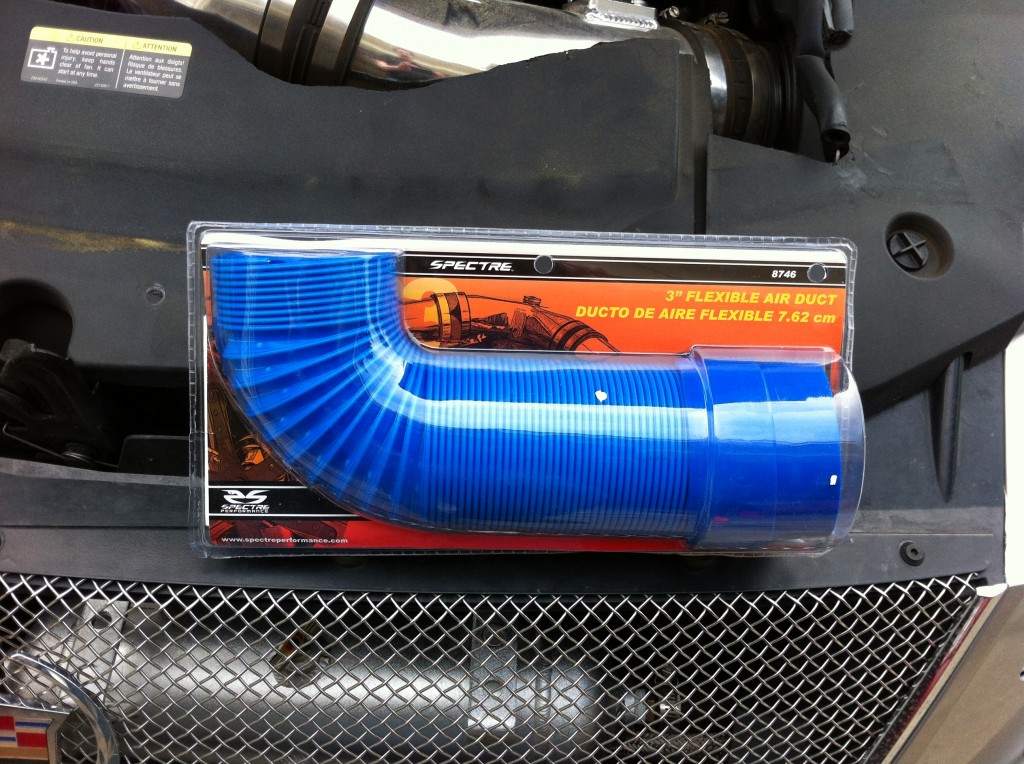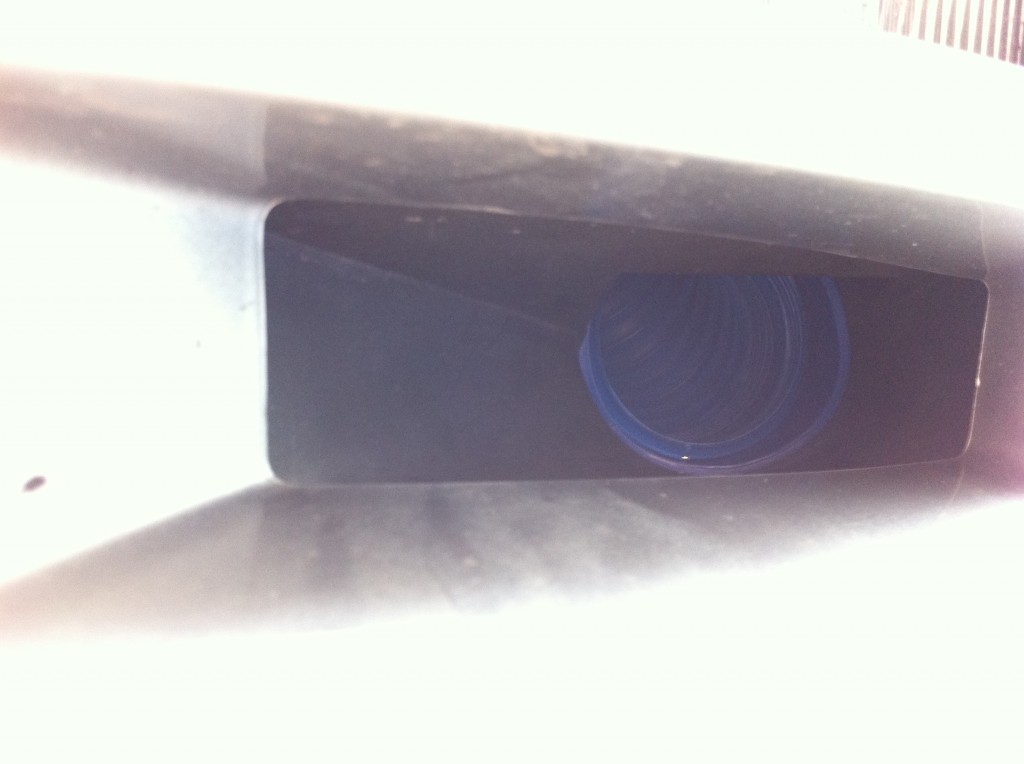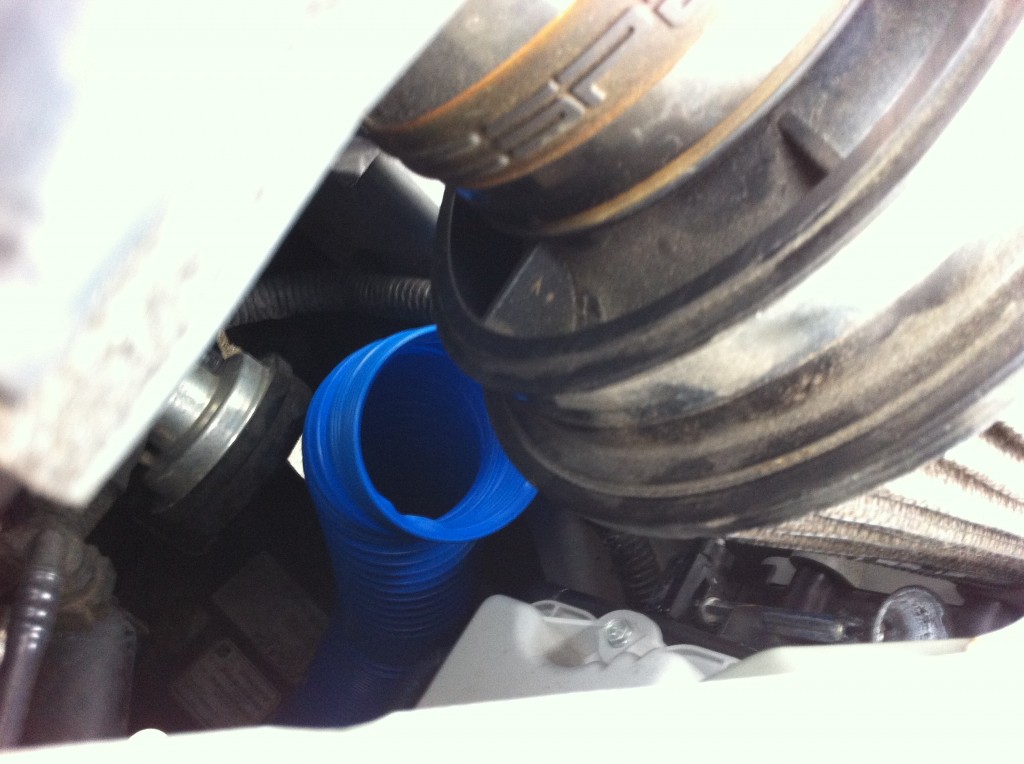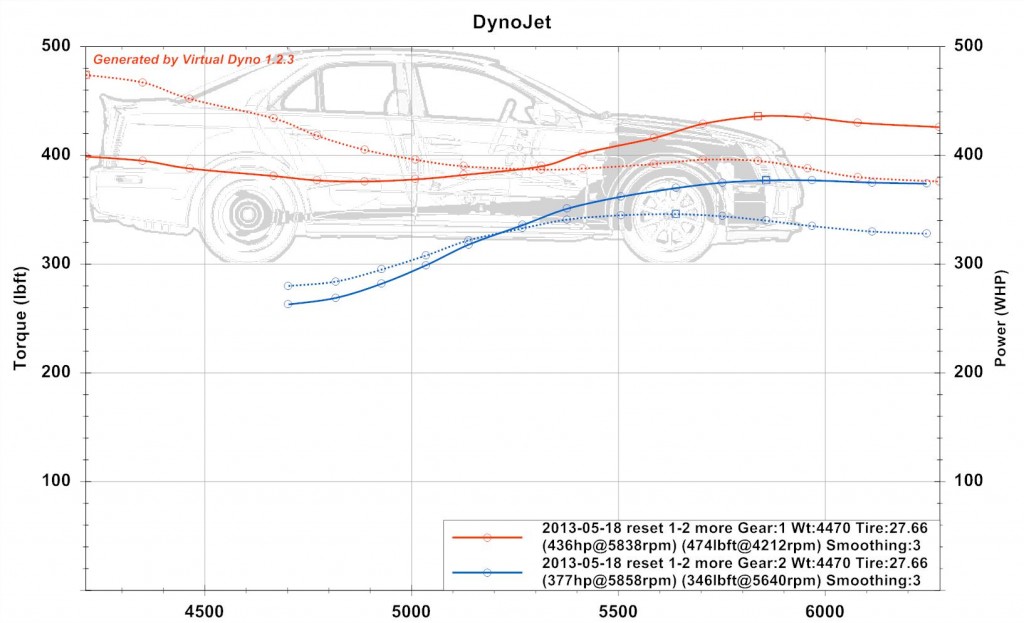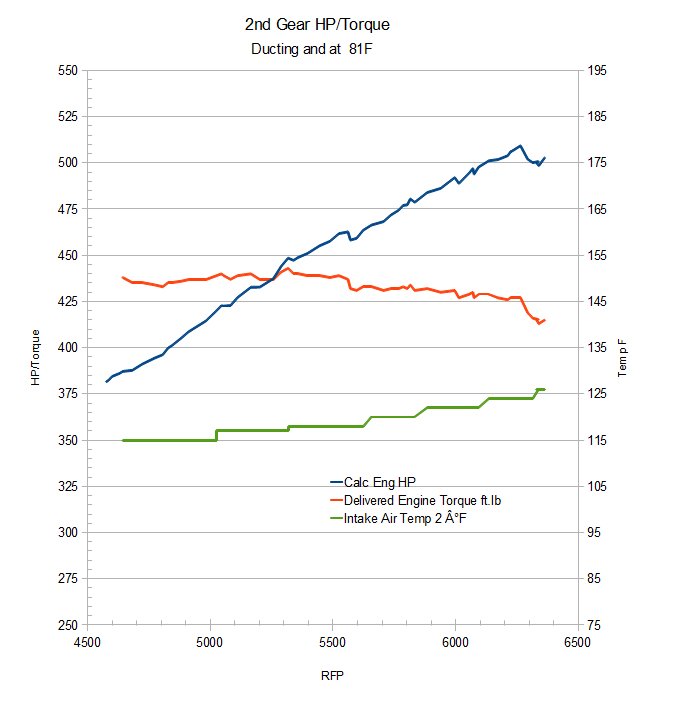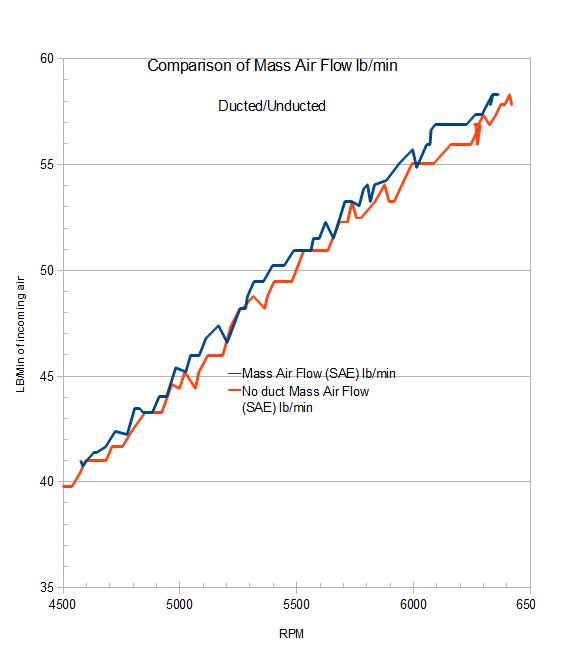What benefit is there to routing air from the lower bumper to the cold air intake?
I have a Spectre Cold Air intake on my 2008 Cadillac STS-V. Today’s question is, what if we ducted cold air from the bumper to the CAI instead of to brake cooling as designed?
I shopped for this air duct by Spectre on Amazon. It was available in a few colors, and the price differed by color, so I got the lower price blue one.
This is a shot of the hose in the package as received.
The end pieces are rubber; the hose itself is plastic. It stretches out like an accordion, and holds it shape once adjusted.
The coupler for the ducting is tucked into the brake cooling duct. It is a press-tight fit, but I will keep an eye on it and see if it stays in place at speed. I tested up to 45 mph or so and it was still there. I would prefer to put a inner locking ring or similar to ensure it stays in place at speed.
The inner diameter of the brake duct on the Cadillac is larger than the outer diameter of the coupler on the ducting. A 3.5″ diameter duct might be a better fit here.
This shot is looking down past the filter into the top of the ducting. This is where the incoming air will blow out of the hose and onto the air filter.
Only had time and temperature for a short test run to make sure the ducting stayed in place. I will be testing next available good weather day. Stay tuned.
Do you have other hints or suggestions for this setup?
Update:
Ran a new baseline / test run this morning. Weather was okay but ambient read 81F, and test area 76F.
Virtual Dyno with 1st gear and 2nd gear together detected no improvement due to the new air ducting to the CAI. The previous run Virtual Dyno vs HPTuners Delivered Torque Curve was at 379/345 hp/torque at the wheels.
This shows a comparison of the two virtual dyno runs in 2nd gear side by side. Technically 4 hp less for the ducted version.
HPTuners data shows perhaps a lower run-up in IAT2 max of 125F instead of 130F, but incoming air temp at speed would seem to have less impact on this — already cooler at that point.
In an attempt to discern how to measure a difference, this chart shows the raw mass air flow coming into the intake. This would show if we are presenting the engine with more air, regardless of what the engine is doing with it. Although we might conclude given different days etc these are equivalent, it is notable that the ducted air is ahead of the unducted intake.
The ducting did stay in place through my test drive. I plan to continue to test and evolve this setup. I have a new replacement cone filter on the way also; mine is quite dirty. I will put the new one on then clean this one and have it in standby.


